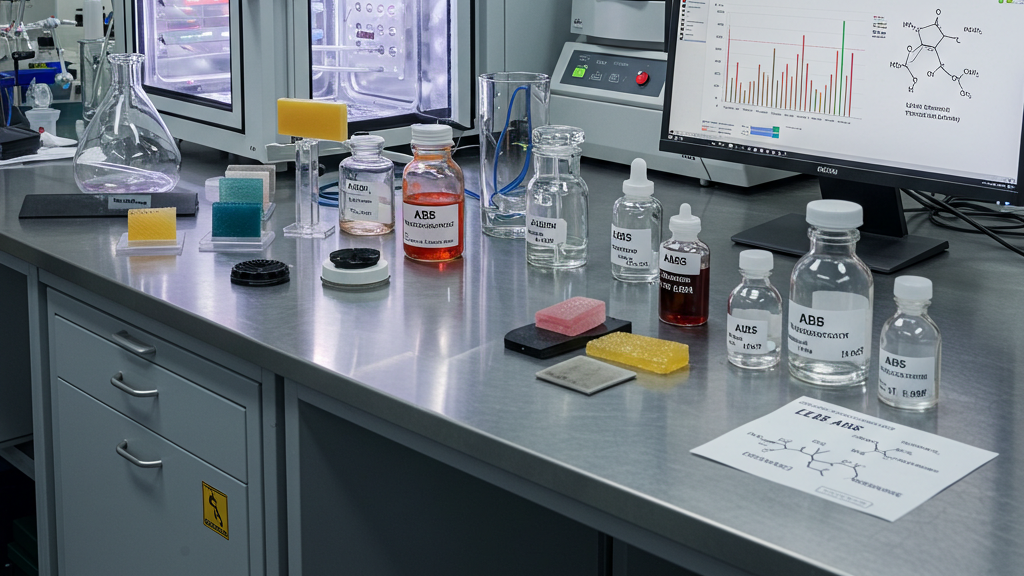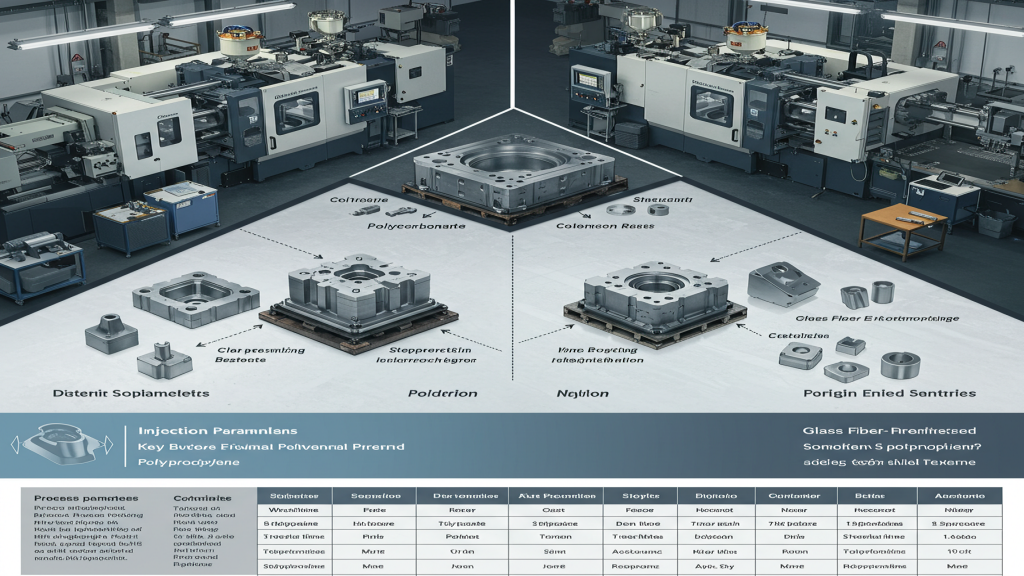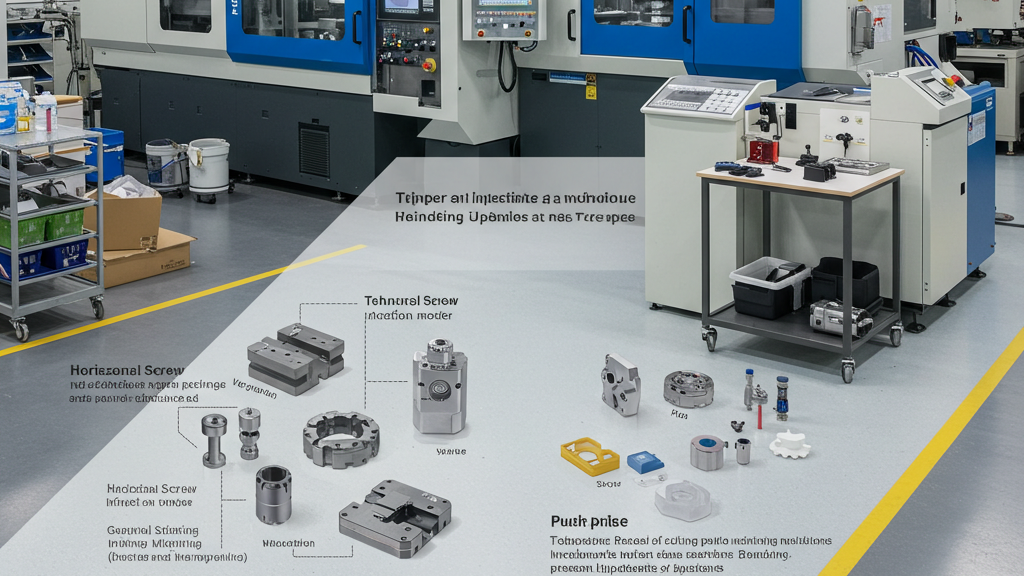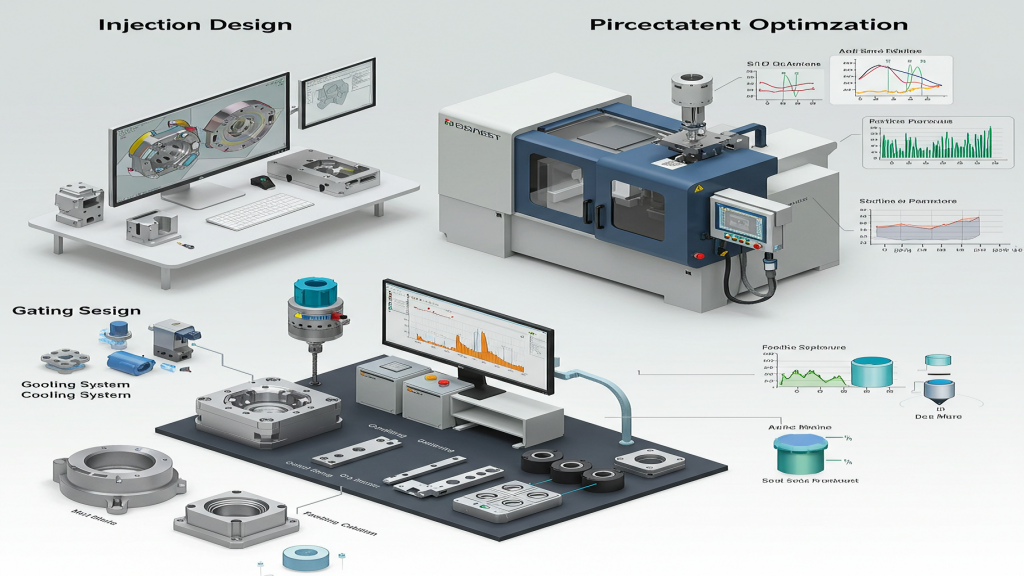
Acrylonitrile-Butadiene-Styrene (ABS) copolymer is an important engineering plastic. However, ordinary ABS is susceptible to environmental factors outdoors, leading to problems such as aging, which limits its applications. To solve this problem, weather-resistant ABS plastic has emerged. This article will interpret the definition, modification principles, and key characteristics of weather-resistant ABS from a professional perspective.
How does weather-resistant ABS achieve excellent outdoor performance? Next, we will delve into its modification principles, including key ingredients and special processes. Understanding these will help us recognize the characteristics of weather-resistant ABS and its application selection.
Why Does Ordinary ABS Plastic Have Poor Weather Resistance?

Acrylonitrile-Butadiene-Styrene (ABS) copolymer, as a widely used engineering plastic, exhibits excellent comprehensive properties in many fields. However, when exposed to outdoor environments, it is often difficult to resist the erosion of natural factors such as ultraviolet radiation, humidity, and temperature changes.
- Unsaturated Double Bonds are Easily Degraded: The unsaturated double bonds in butadiene are sensitive to ultraviolet radiation and are prone to photo-oxidative degradation.
- Ultraviolet Radiation is the Main Cause: Ultraviolet radiation directly excites molecular chains, initiating free radical reactions that accelerate aging.
- Lack of Effective Stabilizers: Insufficient addition of additives prevents effective resistance to environmental erosion.
- Humid and Hot Environments Accelerate Aging: Prolonged exposure to high humidity or high-temperature environments accelerates the degradation of material properties.
How is Weather-Resistant ABS Plastic Modified?

The emergence of weather-resistant ABS plastic is not accidental, but achieved through a series of precise material science methods. From optimizing the molecular structure to adding specific additives, various modification methods work together to give ABS plastic the ability to resist the erosion of the natural environment.
- Adding Ultraviolet Absorbers: By incorporating substances that absorb ultraviolet radiation, shielding the material from radiation and delaying aging and discoloration.
- Introducing Light Stabilizers (HALS): Using Hindered Amine Light Stabilizers to capture free radicals and inhibit photo-oxidation reactions.
- Blending with Weather-Resistant Resins: Blending with resins with excellent weather resistance to significantly improve overall anti-aging capabilities.
- Applying Surface Treatments or Coatings: Forming a protective layer on the surface to block environmental factors from directly eroding the substrate.
What are the Significant Performance Advantages of Weather-Resistant ABS Compared to Ordinary ABS?

The value of weather-resistant ABS plastic lies not only in its ability to resist harsh natural environments, but also in the comprehensive improvement of its performance. From appearance retention to mechanical strength, weather-resistant ABS demonstrates greater durability and reliability than ordinary ABS.
- Superior UV Resistance: Effectively resists ultraviolet radiation, significantly reducing aging and discoloration.
- Stronger Color Retention: Able to better maintain the initial color, less prone to fading or yellowing.
- Longer Service Life: Longer service life in outdoor environments, reducing maintenance costs.
- More Stable Mechanical Properties: Maintains good strength and toughness even after long-term use.
Performance difference of weather resistance of ABS plastics
|
Performance Indicator |
Regular ABS |
Weatherable ABS |
Difference Description |
| UV Resistance | Easily ages, discolors, cracks | Significantly improved, aging slowed | Weatherable ABS has stronger resistance to UV, maintaining appearance and performance longer. |
| Color Retention | Easily fades or yellows | Better color retention | Weatherable ABS has better color stability and is less prone to change due to light. |
| Service Life | Shorter outdoor service life | Longer outdoor service life | Weatherable ABS is more durable, reducing replacement and maintenance needs. |
| Mechanical Properties | Becomes brittle, strength may decrease | Remains relatively stable | Weatherable ABS maintains better mechanical properties after long-term outdoor use. |
Main Application Areas of Weather-Resistant ABS
Thanks to its excellent weather resistance, the application scope of weather-resistant ABS plastic has far exceeded that of traditional ABS. From outdoor facilities exposed to sun and rain to transportation vehicles with strict requirements for appearance and durability, weather-resistant ABS is increasingly becoming an indispensable key material in many industries.
1.Automotive Exterior Parts: Widely used in external automotive components to ensure stable appearance and performance after long-term use.
2.Outdoor Electronic and Electrical Enclosures: Used to protect outdoor electronic equipment, resist various weather effects, and extend service life.
3.Construction and Outdoor Facilities: Used for making outdoor signs, decorations, etc., to maintain long-term color and structural stability.
4.Recreation and Sports Equipment: Applied to equipment components used outdoors to meet their durability and aging resistance needs.
Conclusion
Weather-resistant ABS plastic significantly enhances the weather resistance of ordinary ABS through modification, solving the problem of its easy aging outdoors. Compared with ordinary ABS, weather-resistant ABS performs better in terms of UV resistance, color retention, service life, and mechanical properties. This makes it widely used in automotive exteriors, outdoor electronics and appliances, building facilities, and leisure sports equipment.
For expert assistance in implementing for your production needs, visit our resource center or contact us. Let’s help you scale up your manufacturing with precision and efficiency!
Post time: Apr-17-2025
